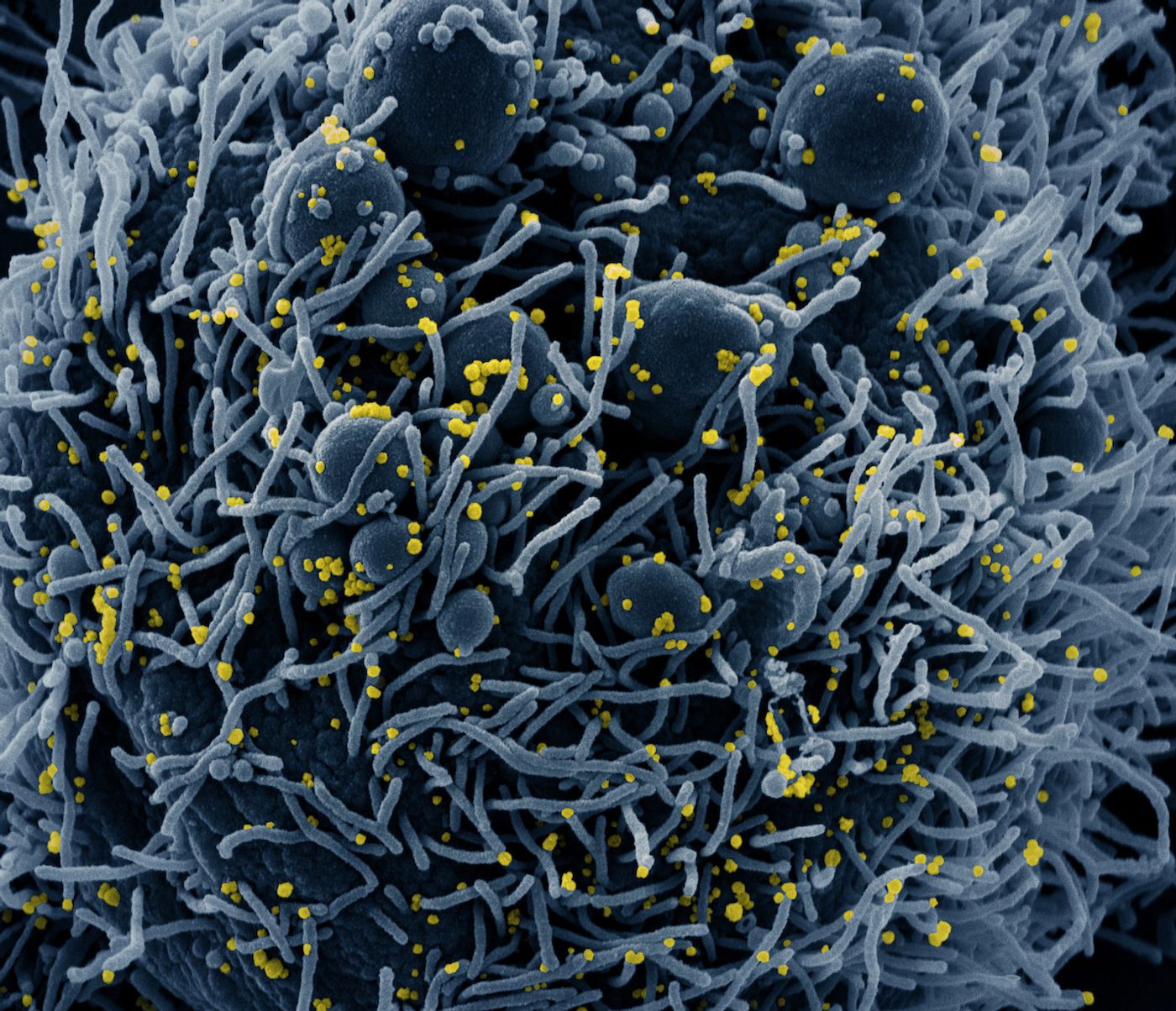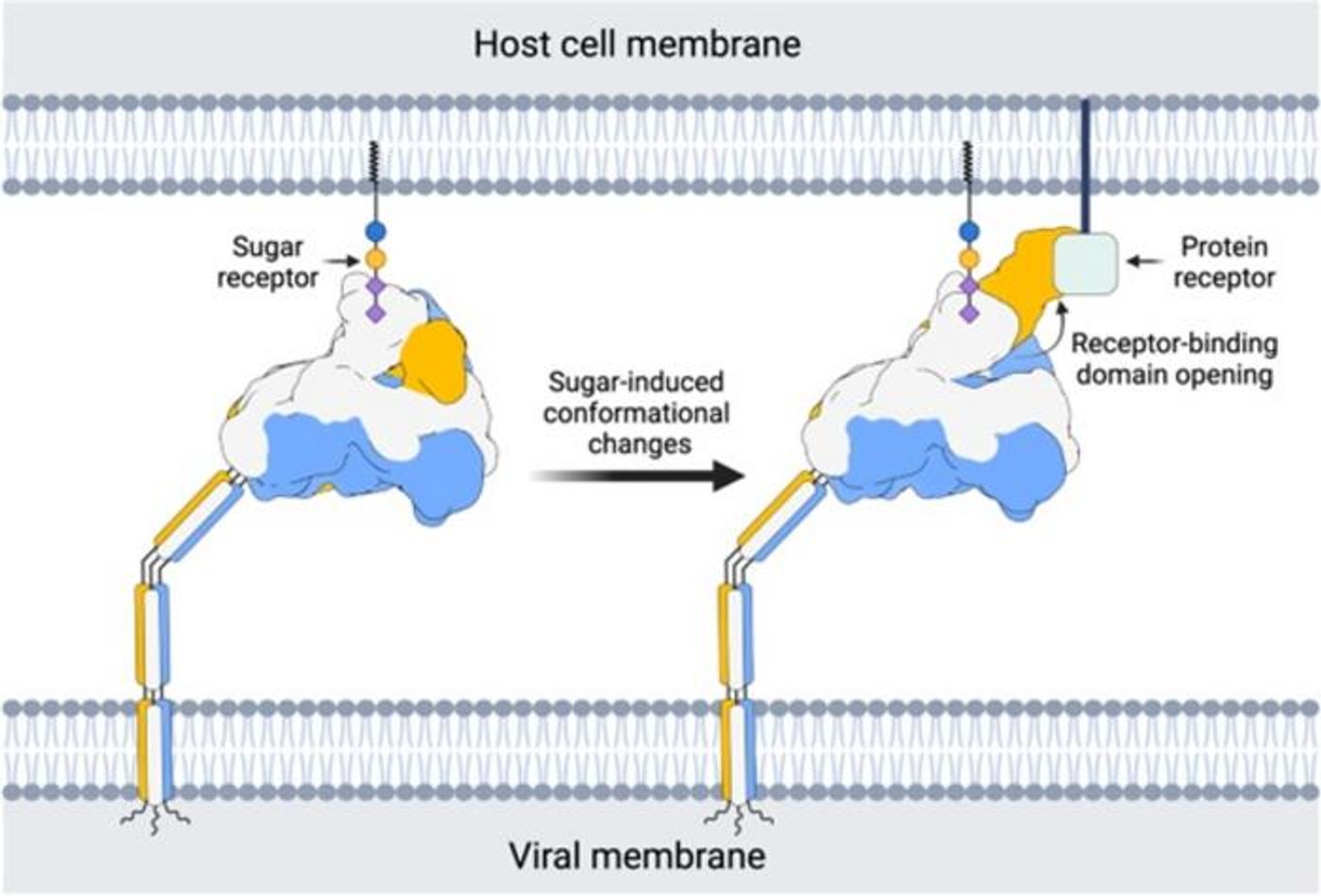Revealing New Details About the Coronavirus Infection Process
New details have been revealed about how coronaviruses enter cells. This work used cutting-edge microscopy and computational tools to show that a small sugar molecule binds to the spike protein of coronaviruses that infect human cells, and this link exposes a part of the virus that is essential to infection. This work could help us learn more about how to stop coronavirus infections, including those that cause COVID-19. The findings have been reported in Nature.
The spike proteins of coronaviruses create the crucial link between the virus and a potential host cell. Spike proteins are essential to infection, they have a significant influence on the species that a virus can infect, and are a primary target of antibodies that effectively stop infection.
Spike proteins change from a closed to open conformational form when infecting a cell. This action allows the viral receptor binding domain to attach to a protein receptor that is required for entering the host cell.
Coronaviruses that have caused major outbreaks like SARS and MERS, and the pandemic virus SARS-CoV-2 have spike proteins that easily switch between those open and closed states. But only closed spike proteins have been visualized.
Some have suggested that many coronavirus spike proteins don't change between these states at random, but do so in response to a cue. "Coronavirus attachment may be even more sophisticated than appreciated so far," said senior study author Daniel Hurdiss of Utrecht University.
Four common cold coronaviruses that infect people: HKU1, OC43, NL63 and 229E are thought to cause between 15 and 30 percent of respiratory tract infections every year. In this work, the researchers focused on the HKU1 virus spike protein; it has only been seen in a closed state.
In the video below from Utrecht University, a receptor uses a tiny sugar molecule to bind to the spike protein of human coronavirus HKU1, which activates the spike for the next steps in cell entry by the virus.
Previous work by this team has shown that a sugar molecule is essential for the HKU1 spike protein to bind. This study demonstrated that sugar binding initiates the opening of the viral spike protein and receptor binding domain exposure that are necessary for infection. "It's a fine-tuned sugar switch," said Hurdiss.
"From the viruses' perspective, it's a clever way of keeping your Achilles heel, the receptor binding domain, hidden until the most opportune moment. Our findings paint a more elaborate picture of coronavirus attachment, with possibilities of dual receptor usage as a means of immune escape."
Sources: Utrecht University, Nature










